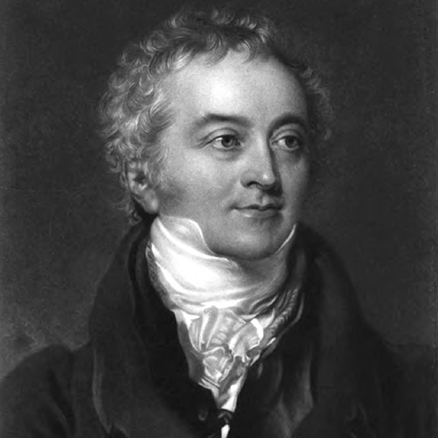The Double Slit Experiment
In the late 18th century, a great debate was whether light was composed of particles of light, called "corpuscles," as Issac Newton had proposed, or rather a wave vibrating in an ether as was thought by Dutch physicist Christiaan Huygens, when along came 28 year old scientist Thomas Young.

